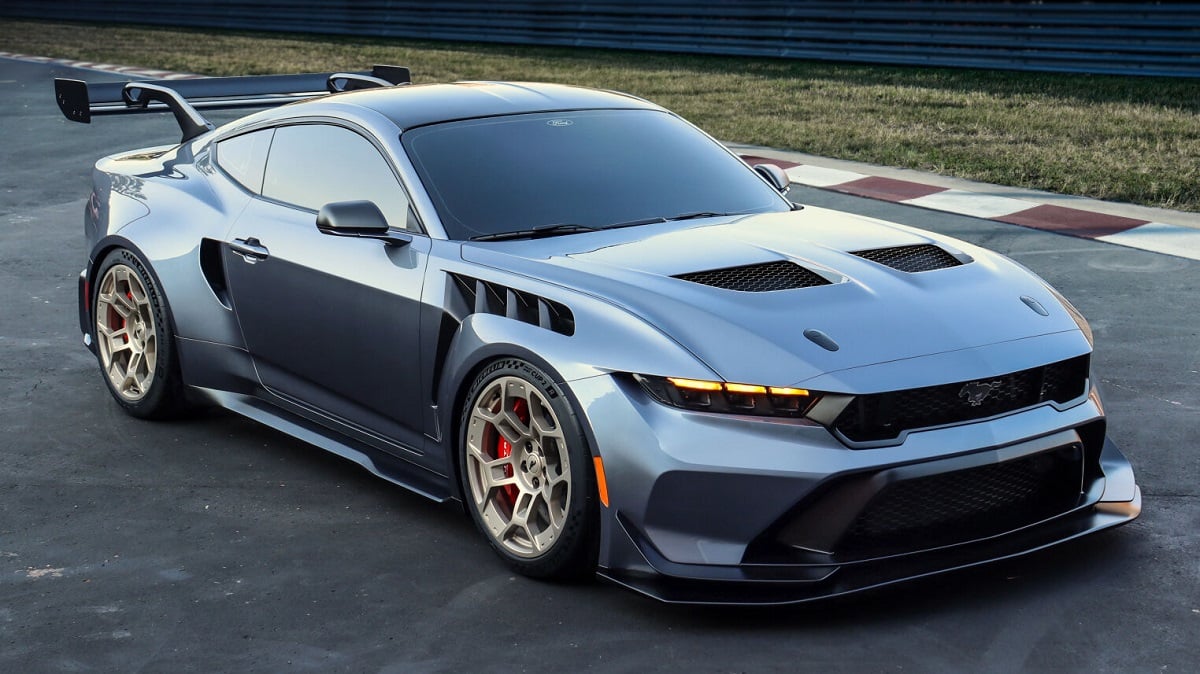Your car’s gearshift has several letters that denote different transmission settings. You probably already know what most of these letters mean, but your car might have an additional setting you only rarely, if ever, use: “L.” Let’s break down what “L” means on a car’s gearshift.

Your Vehicle’s Gearshift – An Overview
A car’s gearshift is a vital component for the transmission: the major car part that “transmits'' engine power and torque can be used by your car's wheels to create motion. These days, most people drive with cars featuring automatic transmissions that can quickly detect, through sensors, what gear is required for the current situation and driving conditions.
Here's a more detailed breakdown of the transmission and its purpose:
- Your engine runs and simultaneously spins a part called the crankshaft
- The crankshaft produces the power your car needs to move its wheels
- Your car’s automatic transmission will adjust the gearshift and transmit the crankshaft’s power at different levels of torque
- The more torque that is produced (and the lower the gear), the more power your wheels have and the slower they turn
Your engine would become unruly if the transmission weren’t there to regulate the power it provides to your car’s wheels.
P, R, N, D, and L – The Gears of an Automatic Transmission
You’ve no doubt noticed that most vehicles have a gearshift control with the letters “P, R, N, S” and “L.” These all indicate different states for your transmission and correspond to various operational modes.
- P stands for park
- R stands for reverse
- N stands for neutral
- D stands for drive
All of these modes are frequently used for one reason or another. Park is used to keep your vehicle stationary, Reverse is used to back up the vehicle, Neutral is used if you ever need to push or pull your car without the engine being engaged, and Drive is used for everyday travel movement.
So, What’s The “L” For?
While the above four transmission states are the most commonly used, some car manufacturers provide an “L” setting as well.
L stands for “low” gear, which translates to a gear setting of 1 or 2 (if you know how to drive a manual transmission) in most vehicles.
When a car is in low gear, the transmission won't shift normally. Instead, your transmission will stay in the low gear, causing less fuel to enter the engine and lowering your overall motor power. In exchange, you'll get additional engine torque.
When you push down on your gas pedal, the engine will essentially provide your wheels with a little more raw force instead of speed, which can be useful under certain circumstances.
Does Your Car Shift Into Low Gear Automatically?
Yes. In fact, your car always passes through low gear whenever you first start the vehicle and slowly ramp up to higher speeds. Furthermore, your vehicle passes to and back above low gear whenever you park or stop at a street intersection without turning the car off.
Low gear is necessary so that your engine doesn't spin your wheels out of control and make you go too quickly for safe driving.
Cars with automatic transmissions take care of this process for you, so you don’t have to worry about shifting gears constantly while driving through city streets.
When Should You Use the “Low” Setting on Your Gearshift?
While an automatic transmission may shift you back down and above low gear without your input, some cars allow their drivers to shift into low gear manually. But why do this?
There are some situations where you might need to use your lowest gear and take advantage of the additional torque it provides your wheels. For example, low gear can be beneficial when:
- You need to tow trailers, vehicles, or boats. Remember, low gear provides additional pulling or pushing power to your car. Note that you should always consult your car’s owner’s manual before using low gear since it will indicate a maximum safe speed that you shouldn’t cross.
- Driving through ice and snow. When you shift to a low gear, your car will always drive more slowly and with more power, which can help your wheels grip the road under slippery conditions and prevent you from spinning out of control.
- Driving up and down hills, like when traveling through the mountains. Steep inclines can be difficult to surmount without putting too much stress on your engine if you don't shift to low gear. Furthermore, low gear driving can be beneficial when descending a hill since you won't have to brake as hard.
Wrap Up
Ultimately, the “L” setting on your gearshift is just one more tool at your disposal to ensure safe driving and to make sure that you use your engine’s power appropriately based on your circumstances. You shouldn’t use low gear all the time, but you should familiarize yourself with your car’s operation under low gear settings so that, when the time comes, you’re ready to use it to its maximum effect.






